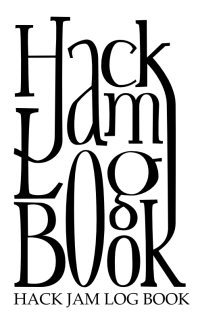1.12.08
Breaking Screen Captures
So my homie Nick had an interesting idea that I thought I would spend a bit of time exploring. The idea is to break the screen-capturability of an image by replacing it with several rapidly refreshing frames that appeared to the naked eye over time as a coherent image but which individually conveyed no useful information and rather appeared scrambled. So that under screen capture you get a single unrecognizable frame. If you take a digital video (i.e. rapid series of screen captures) you may still be able to view the image by playing the video. But you should not be able to extract the image by itself without some eyemulating algorithm, which we hope would be extremely difficult to compute.
I think it would be quite possible to simply fraction the image into distinct geometric regions and display only part of the whole per frame, however it would be even easier to reassemble these than it was to separate them.
So, this week I'll begin by writing some stuff that blits an array of same-size bitmaps in order to the same region of the screen. Then I'll experiment with colors -- what does a solid red region look like, and what does a "red emulated" region look like, side-by-side, even? Does the number and difference/sameness between frames needed to convey a solid color depend on the color being conveyed? Is it easier or harder to emulate two different colors simultaneously -- that is to say, does color A being adjacent to color B change the requirement for number and quality of frames needed to achieve emulation? How about dithering A and B, and with different sizes of blocks? Hopefully the answers to these questions will suggest a formula for easily deconstructing an image into frames that are not easily reconstructible except by the natural power of the unaided (or lens-aided) human eye. At first I will treat color. Next will come shape, and how different shapes in different colors can be contrived to emulate a target image. Finally I hope to make an arbitrary jpeg unscreencapturable without hiding it in a hardware buffer -- this is in the long-term of course.
One application for this sort of technology is for controlling the shareability of images through websites or other software. In the past schemes have been implemented to disable mouse access of an image via Javascript or by otherwise manipulating the user-agent to act rather as the "content-provider-agent". I find this usage to be mostly heinous, but it is interesting nevertheless. More useful would be in CAPTCHA technology, where an algorithm might struggle to decode a series of frames that a human eye could read easily -- this may even lead to CAPTCHAs that are easier to read for humans but that bots could not reassemble into a coherent image, much less find the text in. This usage would be much less heinous, though it is still solving a problem that shouldn't exist. I think the most useful usage for this will be in elucidating characteristics of the human eye. And making fun of my colorblind friend Bob.
Labels: being a shot-caller, jws, screen capture
